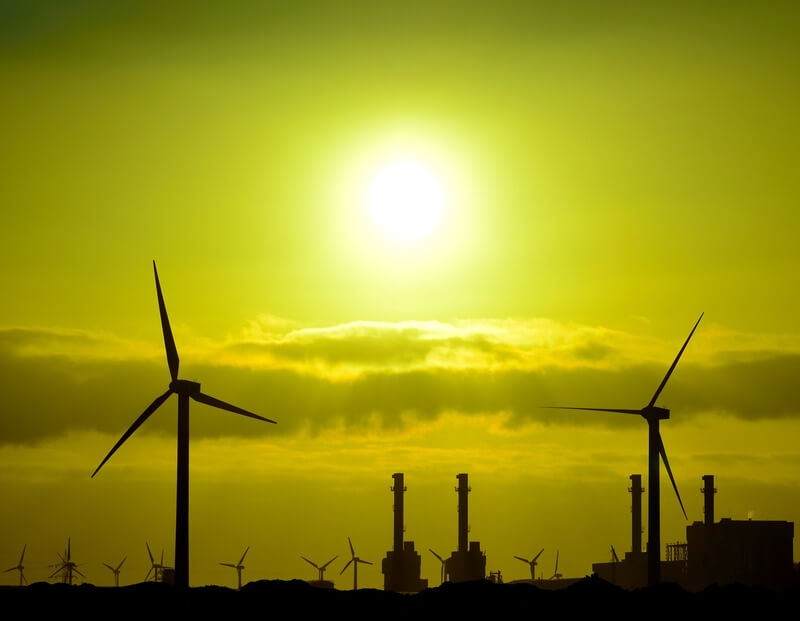Responding to Extreme Heat in the Time of COVID-19
Responding to Extreme Heat in the Time of COVID-19

By: Mary Hayden, Ph.D.
The COVID-19 pandemic, with its complexity and global reach, presents unprecedented challenges for public health and emergency management practitioners. These challenges have been amplified by interactions between the COVID-19 pandemic and extreme weather, such as extreme heat events. This research aims to understand how perceptions and responses related to two concurrent hazards (e.g., extreme heat and COVID-19) may affect the population’s health risks. In this work, we focused on extreme heat vulnerability and capacity at a household-level, placed within the larger context of the COVID-19 pandemic. Specifically, we explored the experiences, risk perceptions, behaviors, and coping self-efficacy of the U.S. population. The project brings together theory and methods from geography, behavioral sciences, and epidemiology to develop new knowledge about the interactions among people, their environment, and multiple evolving hazards. This research examined how extreme weather conditions, COVID-19, local policies, and environmental and socio-demographic characteristics affect the public’s risk perceptions, behaviors, and ability to take protective measures. The investigators have conducted a series of georeferenced, nationally representative surveys and will combine results with spatially explicit modeling to answer questions about COVID-19 and extreme heat risk perceptions and experiences, self-reported symptoms of heat stress and COVID-19, household coping capacity, self-efficacy, and protective behaviors undertaken to reduce vulnerability.
Our research questions include:
- How does the COVID-19 pandemic affect population vulnerability and coping capacity to extreme heat?
- How do people’s experiences, risk perceptions, behaviors, and self-efficacy vary geographically and change over time, as the pandemic progresses?
- How do broader environmental and societal factors affect individual risk perception and decision-making?
In order to address our research questions, we conducted a three-wave nationally representative survey of 3,000 American adults aged 18 and older. The surveys were conducted in July, August and September 2020. All questionnaires were self-administered by respondents in a web-based environment. The sample was part of the Ipsos KnowledgePanel® Omnibus, an online panel recruited using probability-based sampling methods. Panel members were recruited using a combination of random digit dial and address-based sampling techniques that cover virtually all (non-institutional) resident phone numbers and addresses in the U.S. Those contacted who do not have access to the Internet are provided computers and Internet access to participate. The data are weighted by key demographic variables to match U.S. Census Bureau statistics. Weights are constructed using age, race/ethnicity, gender, education, Census region, income, metropolitan vs. non-metropolitan location, home ownership, and internet access. The average margin of error is +/- 3 percentage points at the 95% confidence level.
Preliminary results:
Risk perception
- In July - September 2020, more people in the U.S. worried about the health effects of COVID-19 (82%) than the impacts of extreme heat (58%).
- People living in the Midwest worried less about both heat and COVID-19 compared to other U.S. regions.
- As the summer progressed, the number of people who were very or extremely worried about extreme heat has increased (especially in the West), while the number of people who were worried about COVID-19 has decreased.
- Among those who were most worried about both extreme heat and COVID-19 were American adults without a high school diploma (22%), people with income less than $30,000 (26%), as well as Black (22%) and Hispanic (25%) populations.
Heat Protective Actions
- The majority of the U.S. population felt that they were well informed about heat-related health risks (71%) and could protect themselves from heat-related risks this summer (83%).
- The protective actions during periods of extreme heat included using an air-conditioner at home (80%), staying indoors (76%), changing daily routines (50%), and reducing strenuous physical activity (47%).
- Fewer people reported using an air conditioner to cool their homes in the West (70%), compared to other regions (84%). Slightly fewer people reported staying indoors during periods of extreme heat in the Midwest (73%) compared to other regions (77%).
- The majority of the population believed that their actions to reduce heat-related health risks were effective (95%).
Experiences with Heat
- In July - September 2020,19% of the U.S. population reported heat-related symptoms and 15% of Americans felt too hot in their homes. People living in the Western region had the highest heat exposure with 23% reporting feeling too hot at home.
- The high cost of electricity (13%) and an attempt to save energy (15%) were among the main factors that reduced people's ability to cool their homes. In addition, many people reported power outages throughout the summer. In July, as high as 12% of people in the Northeast and Midwest reported power outages, while in September, 10% of people in the West experienced power outages.
Compound vulnerability: effects of COVID-19 pandemic
- Since March 1, 2020, nearly 30% of Americans have been isolated at home alone.
- Twelve percent of Americans have lost their jobs; 17% were Hispanic/Latino.
- The Northeast region had the highest percentage of people who lost their jobs (20%).
- Twenty-five percent of participants reported losing income from a job or business.
- Fifty percent of the U.S. population was unable to visit with family due to higher risk of infection from COVID-19.
- In the summer of 2020, compared to a normal summer, many Americans reported that it was more difficult to seek routine or emergency medical attention (28%), to leave their house and go to an air-conditioned place during extreme heat (26%), or to check on the neighbors, friends, and family (21%).
The project will contribute to broader efforts to understand and reduce population health risks from extreme weather events during a global pandemic.
This project is funded by the NSF RAPID award 2031217. The summary above is excerpted from a poster presentation: Wilhelmi O., Howe, P., Hayden M., O’Lenick C. American Geophysical Union Annual Meeting. December 2020. Responding to Extreme Heat in the Time of COVID-19: Results from a three-wave U.S. national survey.
More preliminary results can be found at https://osf.io/xc73s/